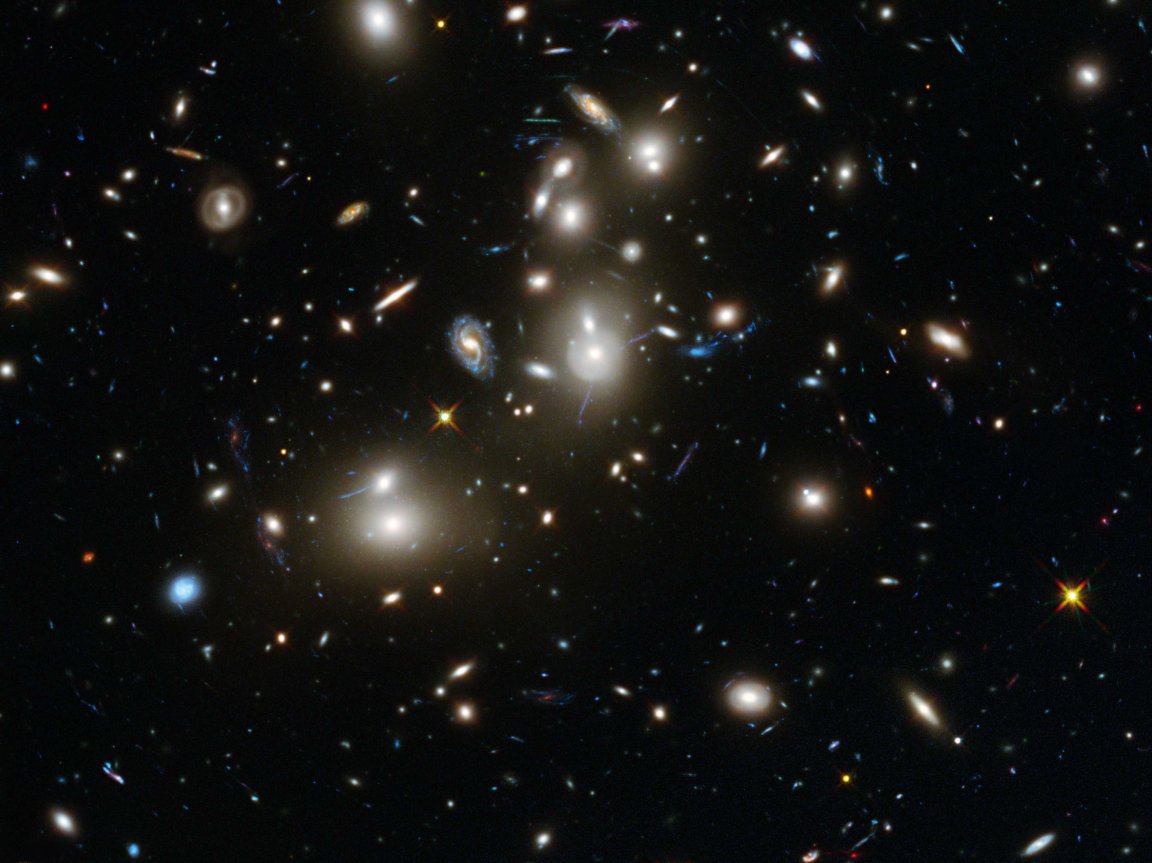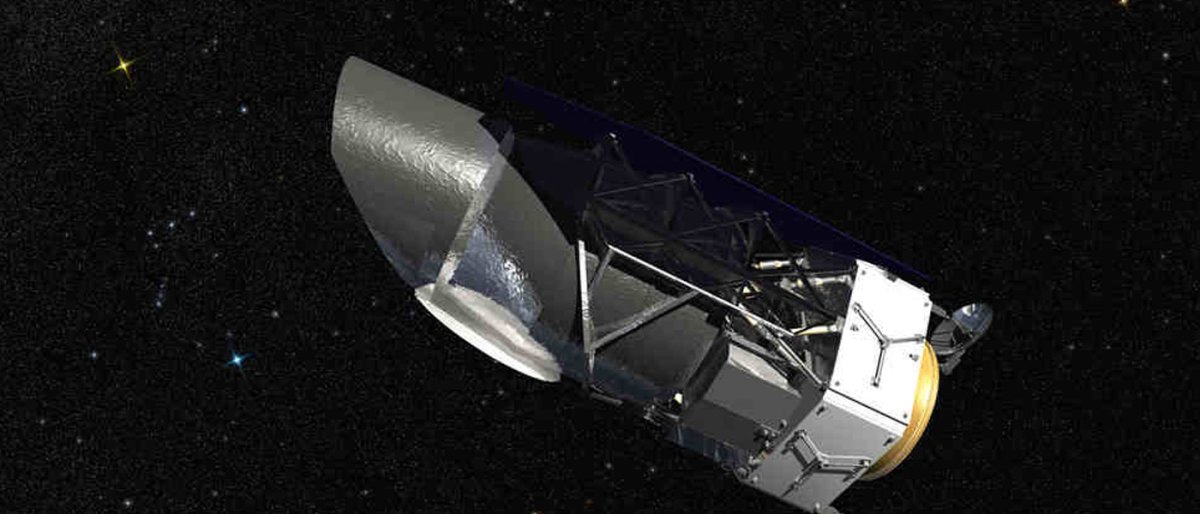
Imagine, a telescope with a view 100 times larger than that of NASA’s Hubble Space Telescope. Well, NASA is building one–and it’s launching in 2020.
Meet WFIRST, NASA’s Wide Field Infrared Survey Telescope. NASA’s Agency Program Management Council made the decision to move forward with the mission on Wednesday.

Secrets of the Universe
WFIRST’s purpose is to help researchers unlock the secrets of the universe. As it explores the cosmos, it will gather research related to dark energy, dark matter, and the evolution of the universe. WFIRST could also spot new worlds outside our solar system, even ones that could be suitable for human life.
“WFIRST has the potential to open our eyes to the wonders of the universe, much the same way Hubble has,” said John Grunsfeld, astronaut and associate administrator of NASA’s Science Mission Directorate at Headquarters in Washington. “This mission uniquely combines the ability to discover and characterize planets beyond our own solar system with the sensitivity and optics to look wide and deep into the universe in a quest to unravel the mysteries of dark energy and dark matter.”
WFIRST will be the agency’s next major astrophysics observatory, following the launch of the James Webb Space Telescope in 2018. The observatory will survey large regions of the sky in near-infrared light to answer fundamental questions about the structure and evolution of the universe, and expand our knowledge of exoplanets.
The telescope will carry a Wide Field Instrument for surveys, and a Coronagraph Instrument designed to block the glare of individual stars and reveal the faint light of planets orbiting around them. This helps the instrument to take detailed measurements of the chemical makeup of planetary atmospheres. Looking at this data will allow scientists to better understand the origin and physics of these atmospheres, and even search for chemical signs of environments suitable for life.
“WFIRST is designed to address science areas identified as top priorities by the astronomical community,” said Paul Hertz, director of NASA’s Astrophysics Division in Washington. “The Wide-Field Instrument will give the telescope the ability to capture a single image with the depth and quality of Hubble, but covering 100 times the area. The coronagraph will provide revolutionary science, capturing the faint, but direct images of distant gaseous worlds and super-Earths.”
The telescope’s wide view will enable a large-scale search for exoplanets by monitoring the brightness of millions of stars in the crowded central region of our galaxy. The survey will net thousands of new exoplanets similar in size and distance from their star as those in our own solar system.
A “Treasure Trove” of Dark Data
In addition to the search for the next inhabitable planet, the telescope will also track how dark energy and dark matter have affected the evolution of our universe. By measuring the distances of thousands of supernovae, astronomers can map in detail how cosmic expansion, which is sped up by dark energy, has increased with time. WFIRST also can precisely measure the shapes, positions and distances of millions of galaxies to track the distribution and growth of cosmic structures, including galaxy clusters and the dark matter accompanying them.
“In addition to its exciting capabilities for dark energy and exoplanets, WFIRST will provide a treasure trove of exquisite data for all astronomers,” said Neil Gehrels, WFIRST project scientist at NASA’s Goddard Space Flight Center in Greenbelt, Maryland. “This mission will survey the universe to find the most interesting objects out there.”